Tartarian Aster, The September Queen
Tartarian Aster, The September Queen

The Tartarian Aster, also referred to as the Chinese Aster or the Michaelmas Flower, is a stunning and hardy perennial flower.
It blooms in the late summer and early fall, making it the ideal choice for a landscape that needs a splash of color in the autumn.
Appearance and Cultivation of Tartarian Aster
The Asteraceae family includes well-known garden flowers like sunflowers and daisies. It also includes the Tartarian aster. The floral plant reaches a height of 2 to 3 feet and has long, lance-shaped leaves. The flowers have a prominent yellow core and appear in multiple colors, including white, pink, blue, and purple.
The Tartarian Aster can tolerate different soil types and is a reasonably simple plant to grow and maintain. It needs only light watering and prefers full sun to partial shade. To encourage sustained blooming, the plant also gains from routine deadheading.
Tartarian Aster- Symbolism and meaning
Because of its late-season blooms, the Tartarian Aster has traditionally been linked to September. Many refer to it as the “September Queen.” The aster is a popular flower option for bridal bouquets and other romantic arrangements. In the language of flowers, it symbolizes love, patience, and daintiness.
The Tartarian aster represents integrity, elegance, and purity in Chinese culture. Traditional medicine frequently employs it to treat diseases like diabetes and hypertension.
Uses and Applications of Tartarian Aster
The Tartarian Aster is a versatile plant. It is used in a variety of settings. Aster plants are planted in containers. Just place it on a patio or balcony. It is frequently cultivated in garden borders or as a backdrop for other flowers. The flowers are wonderful for a pollinator garden since they remain appealing to bees and butterflies.
The Tartarian Aster has several useful functions in addition to being aesthetically pleasing. The plant’s leaves and blooms are edible. You can add it to salads, teas, and other dishes. The blossoms can also be dried and used as a natural dye or potpourri.
The Tartarian Aster is a stunning and adaptable flower with a significant historical and cultural background. A Tartarian aster is an excellent option, if you want to add some late-season color to your yard. You can also use this beautiful flower in your cooking or handicraft ventures.
This post is part of #BlogchatterA2Z

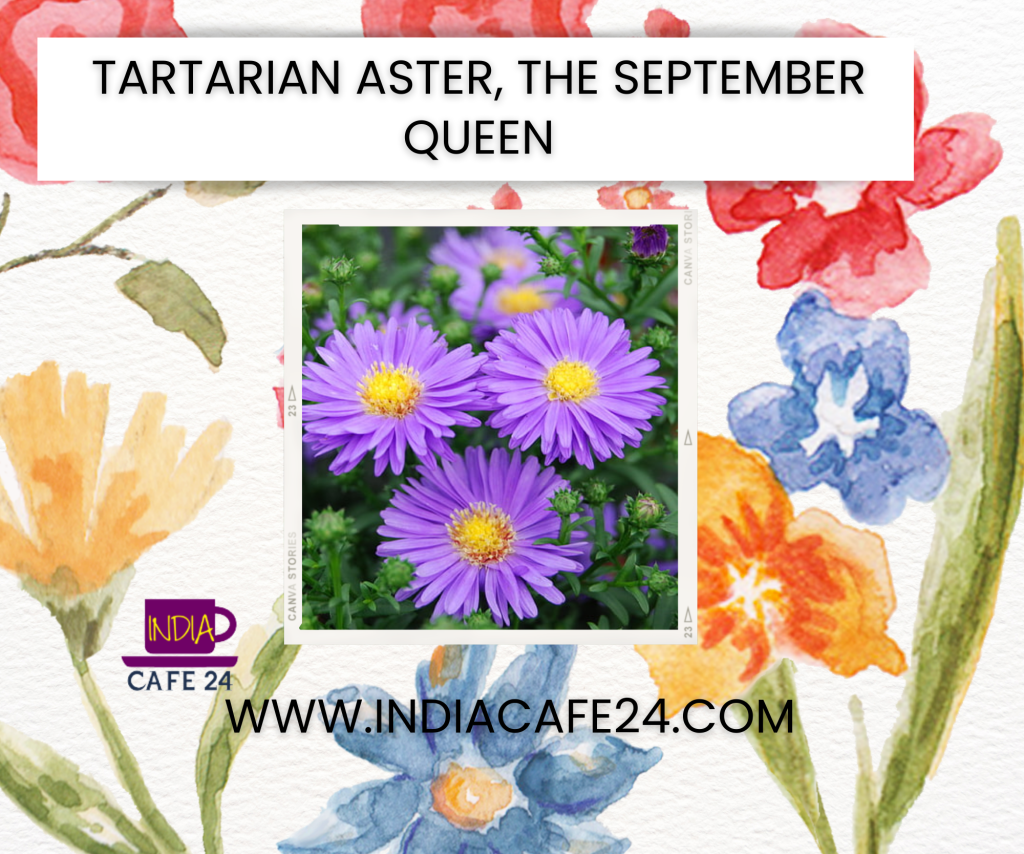
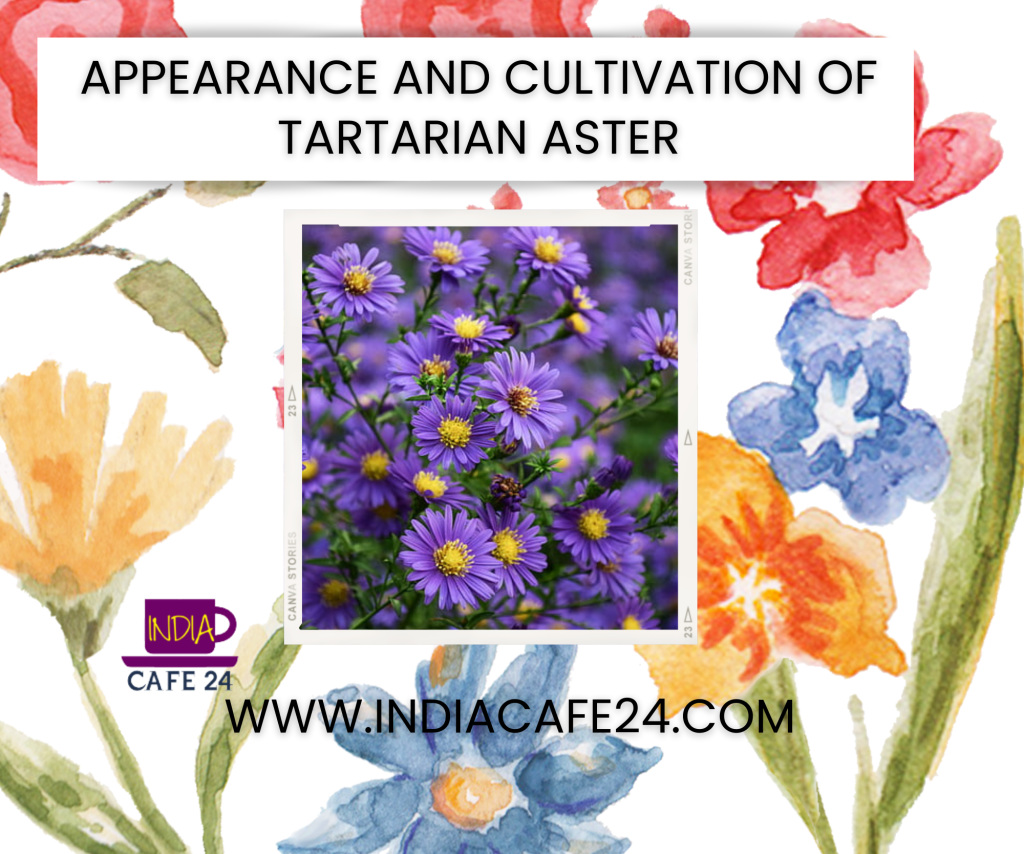
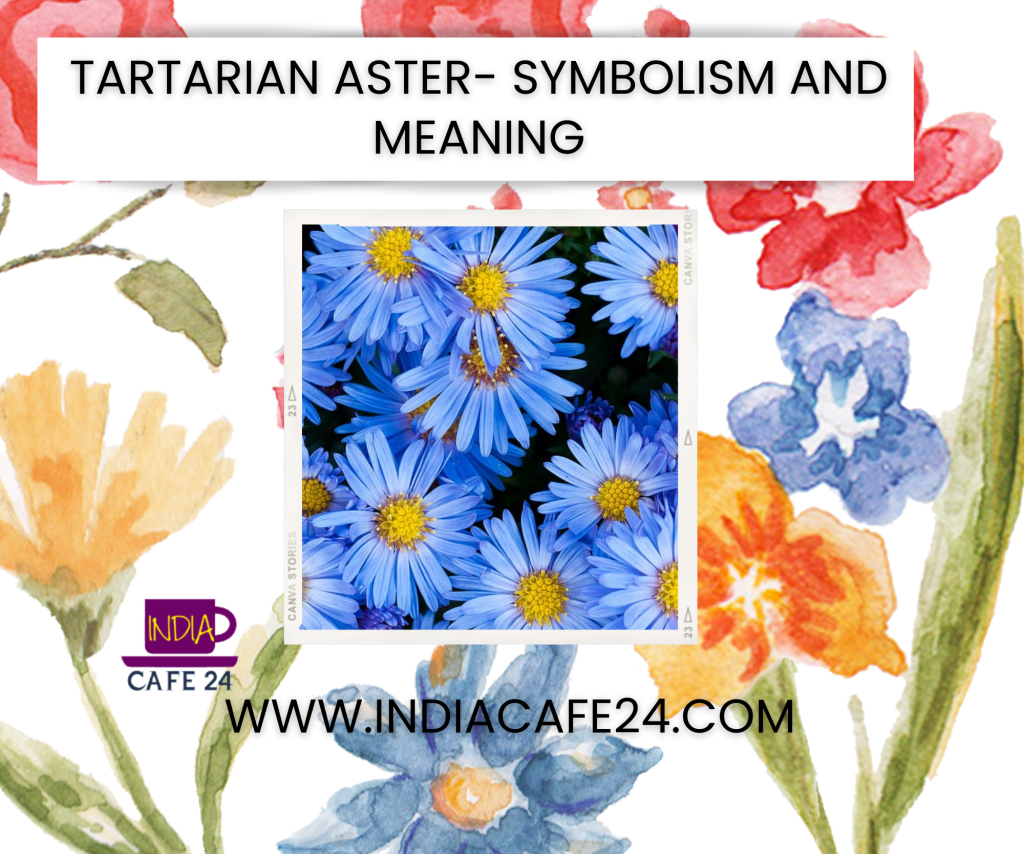
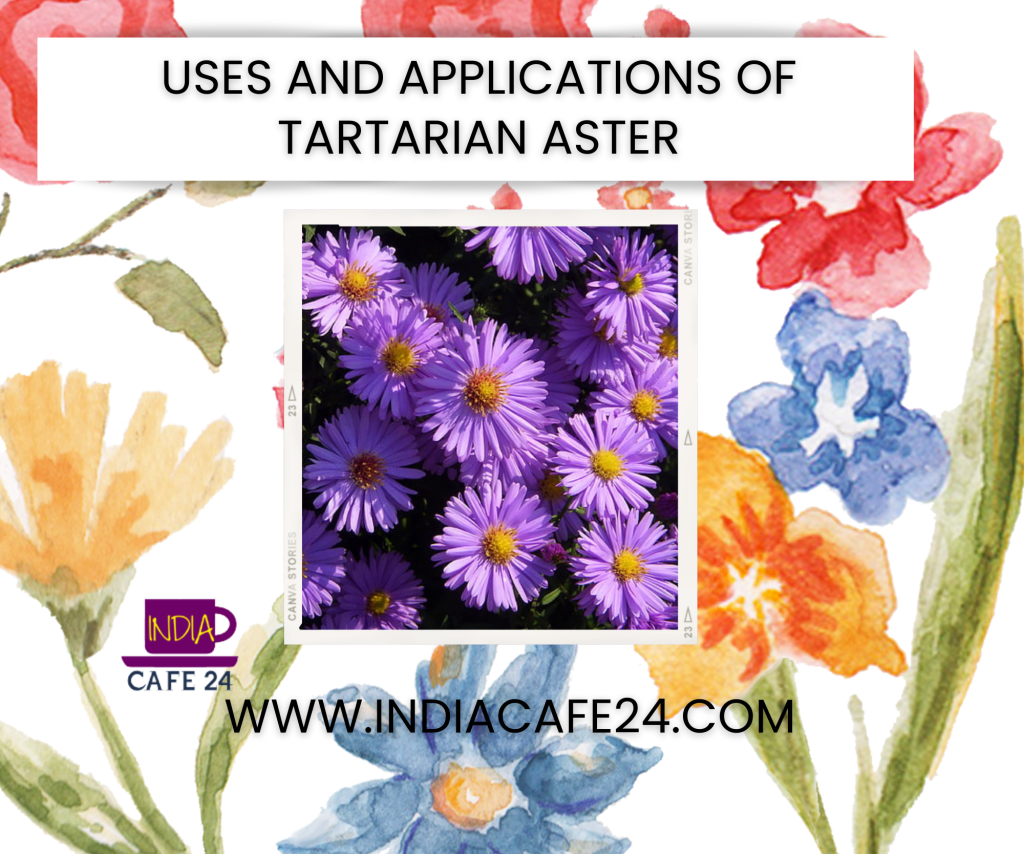
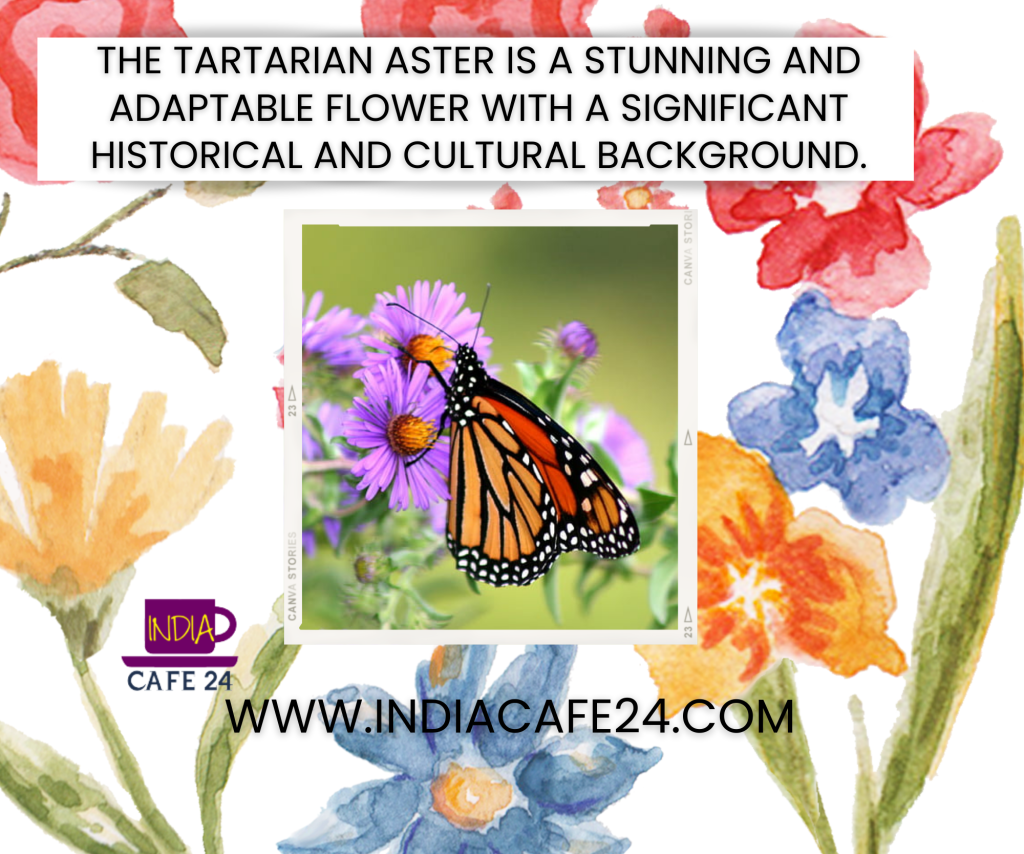
Leave a Reply